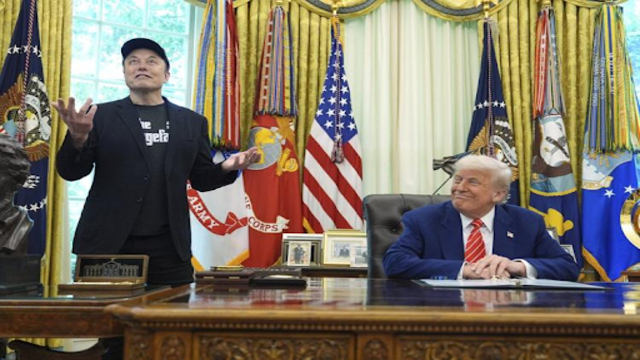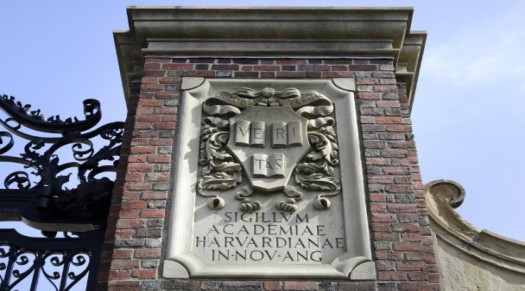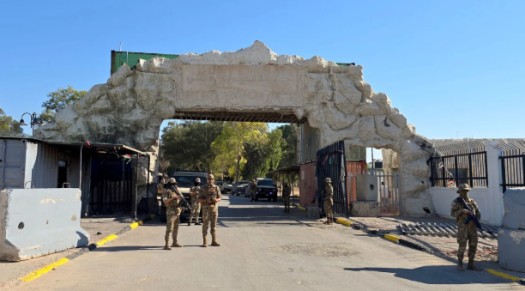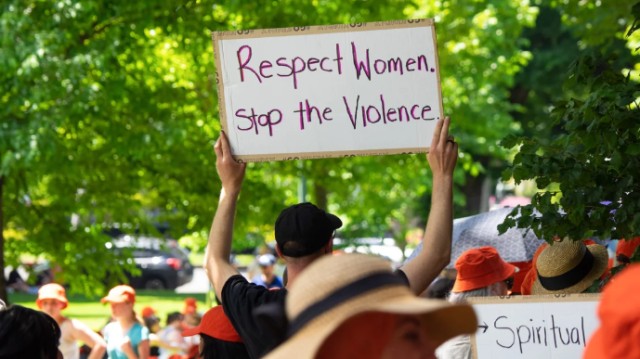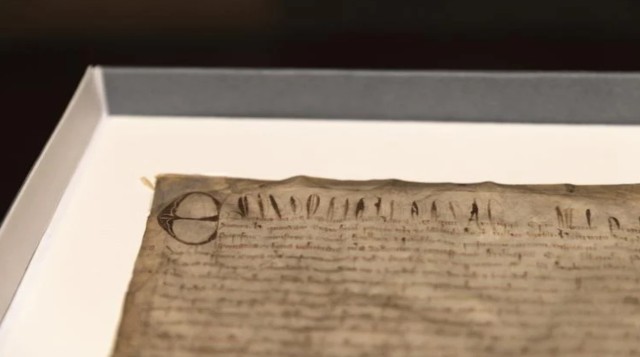
This photo is provided by Hardword Law School shows a rare copy of Manga carta from 1300 sits in a display case on April 15, 2025, at Hardward Law School in Cambridge, Mass.
For decades, Harvard University believed it owned a cheap facsimile of the Magna Carta. Purchased in 1946 for just $27.50, the worn and faded document sat unnoticed in the Harvard Law School Library’s archives. That was until two British historians made a stunning discovery that changed everything.
A Priceless Treasure in Disguise
The document, long dismissed as a replica, has now been identified as a rare 1300 edition of the Magna Carta, issued by King Edward I of England. Until this discovery, only six known copies from 1300 were thought to exist.
David Carpenter, a professor of medieval history at King’s College London, stumbled upon the digitized version online in December 2023. What he initially believed to be just another copy turned out to be an extremely rare and valuable historical artifact.
“I was amazed. It felt like discovering a lost piece of constitutional history,” Carpenter said.
Confirming the Magna Carta’s Authenticity
To confirm his findings, Carpenter joined forces with fellow medieval history professor Nicholas Vincent from the University of East Anglia. They analyzed the Harvard document against the other known 1300 versions.
Using ultraviolet and spectral imaging, Harvard librarians revealed faded details invisible to the naked eye. This allowed the researchers to compare every letter and feature — from the large “E” in “Edwardus” to distinctive elongated letters.
Everything lined up. The document matched the size, script, and content of other authenticated versions. Carpenter called Harvard’s copy “spot-on.” “It passed every test. The authenticity is rock solid,” he confirmed.
Worth Millions but Not for Sale
Though the document is frayed and faded, its historical and monetary value is immense. A 1297 version of the Magna Carta sold at auction in 2007 for over $21 million.
Harvard has made it clear it won’t be parting with its newly rediscovered gem. Instead, the university hopes to use it as an educational tool and symbol of democratic values.
Uncovering the Magna Carta’s Mysterious Journey
Vincent dug deeper into the document’s past. He traced it back to Appleby, a former parliamentary borough in Westmorland, England. From there, it was passed through the hands of anti-slavery activists and war heroes.
The document was sent to auction in 1945 by Forster Maynard, a World War I flying ace who helped defend Malta during World War II. Maynard had inherited the archives of John and Thomas Clarkson — brothers and notable campaigners against the transatlantic slave trade.
One theory suggests William Lowther, lord of Appleby and a friend of Thomas Clarkson, may have given it to him. While no concrete proof has surfaced yet, Vincent believes the connection is likely.
“There’s a strong chain of custody. We’re just missing that one letter confirming the gift,” he said.
Magna Carta’s Timeless Message
Carpenter and Vincent plan to visit Harvard in June to view the document in person. They see its re-emergence as deeply symbolic — especially as Harvard faces government pressure over its policies and leadership.
The Magna Carta, originally signed in 1215, established the principle that no one — not even the king — is above the law. It laid the groundwork for legal systems across the globe, influencing the U.S. Constitution, the Declaration of Independence, and the Bill of Rights.
Amanda Watson, assistant dean at Harvard Law School Library, believes the discovery has fresh relevance today.
“This is a chance to remind people what liberty, self-governance, and the rule of law really mean,” she said. “Law libraries are where democracy lives and breathes.”
Seventeen U.S. states have incorporated parts of the Magna Carta into their constitutions. Its legacy endures, and now — thanks to Harvard’s unexpected find — it can continue to inspire future generations






